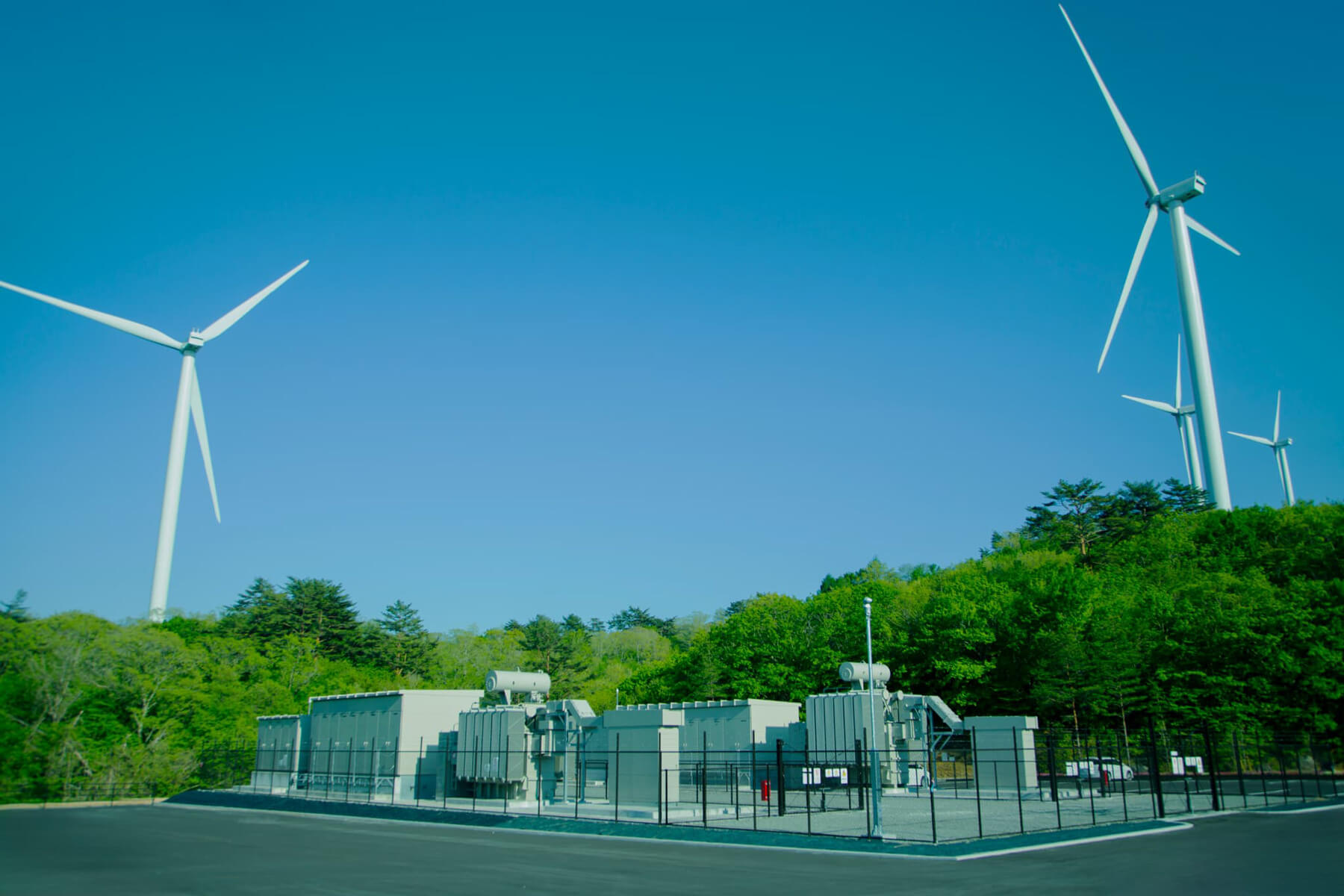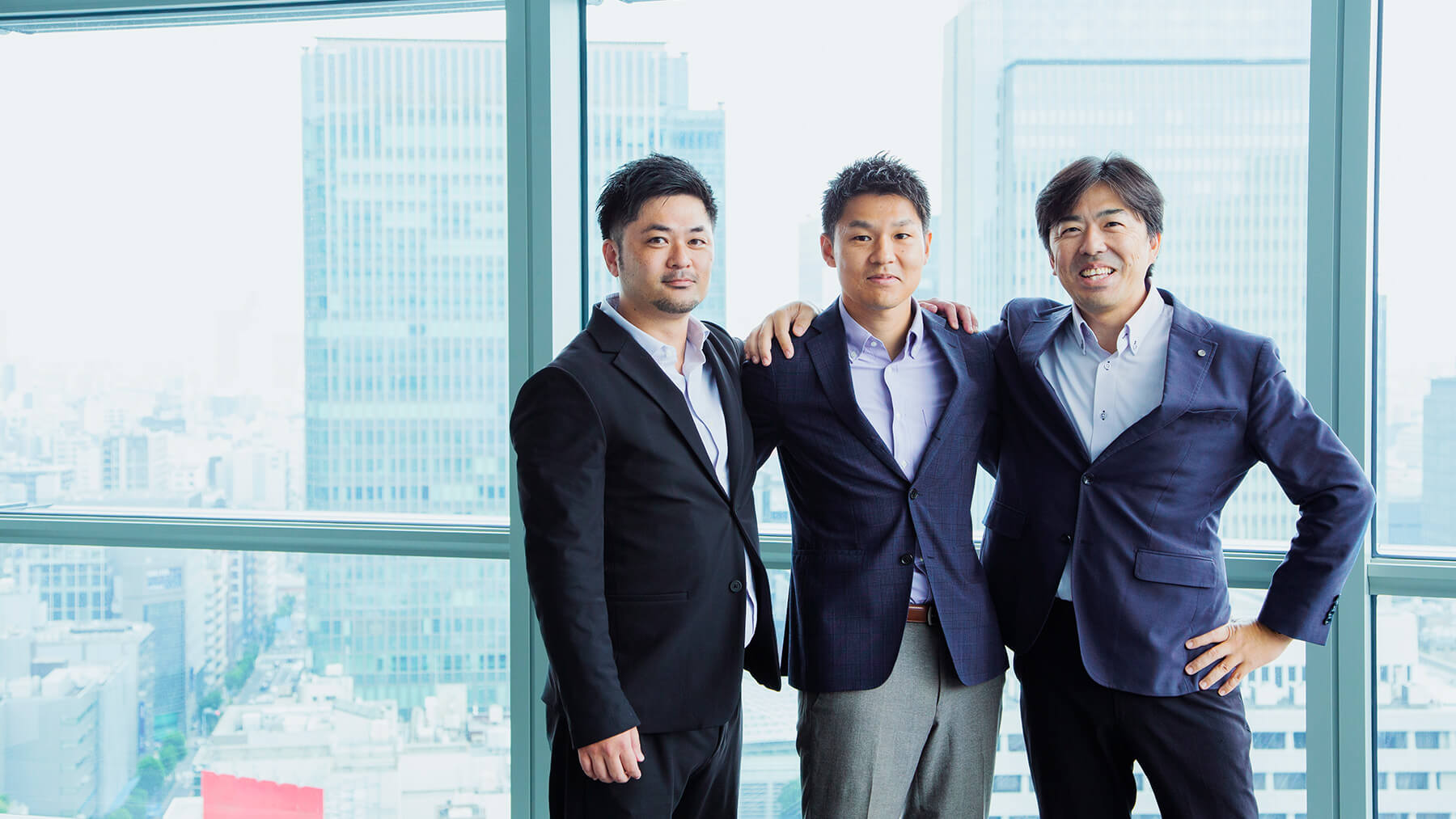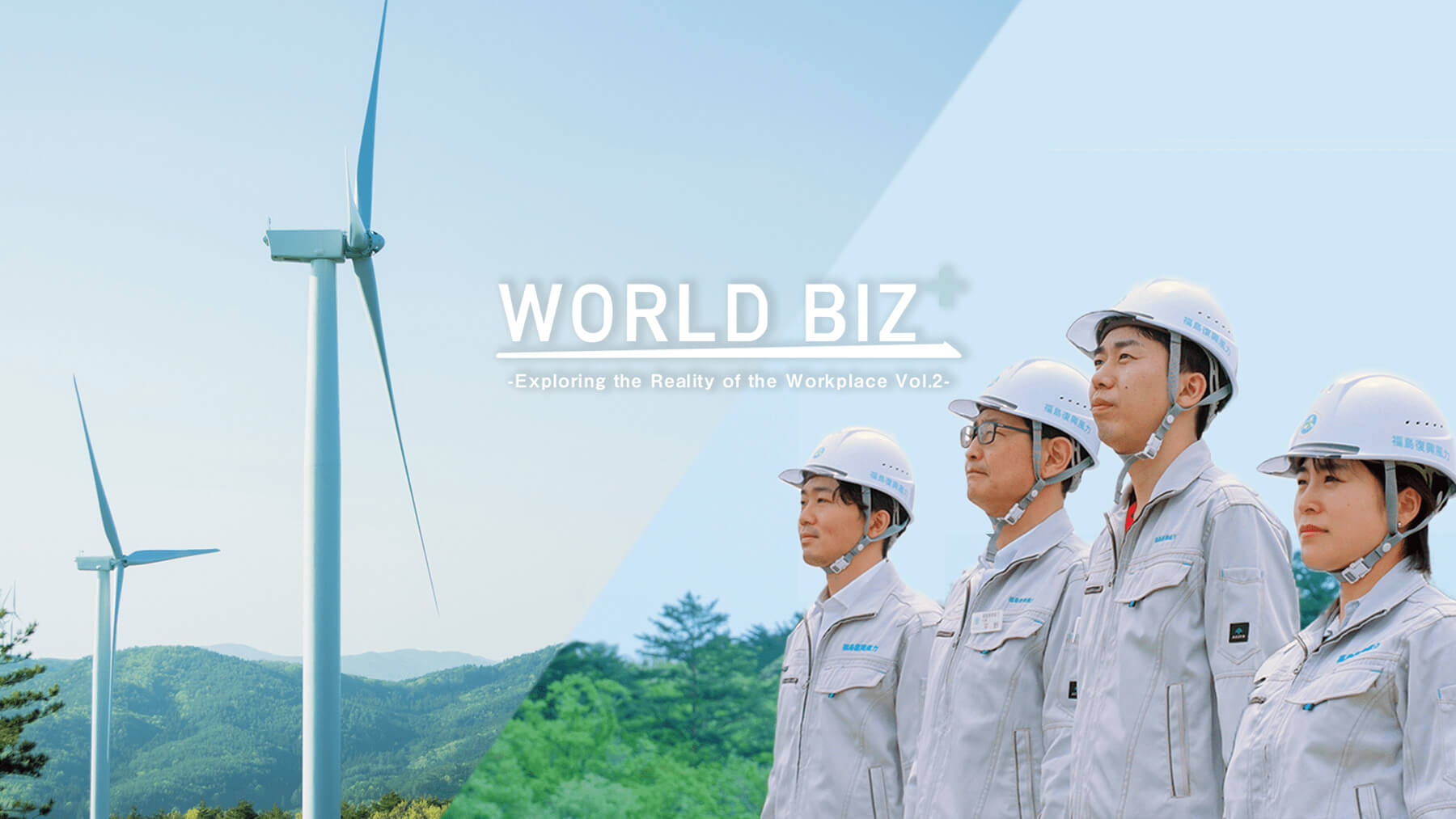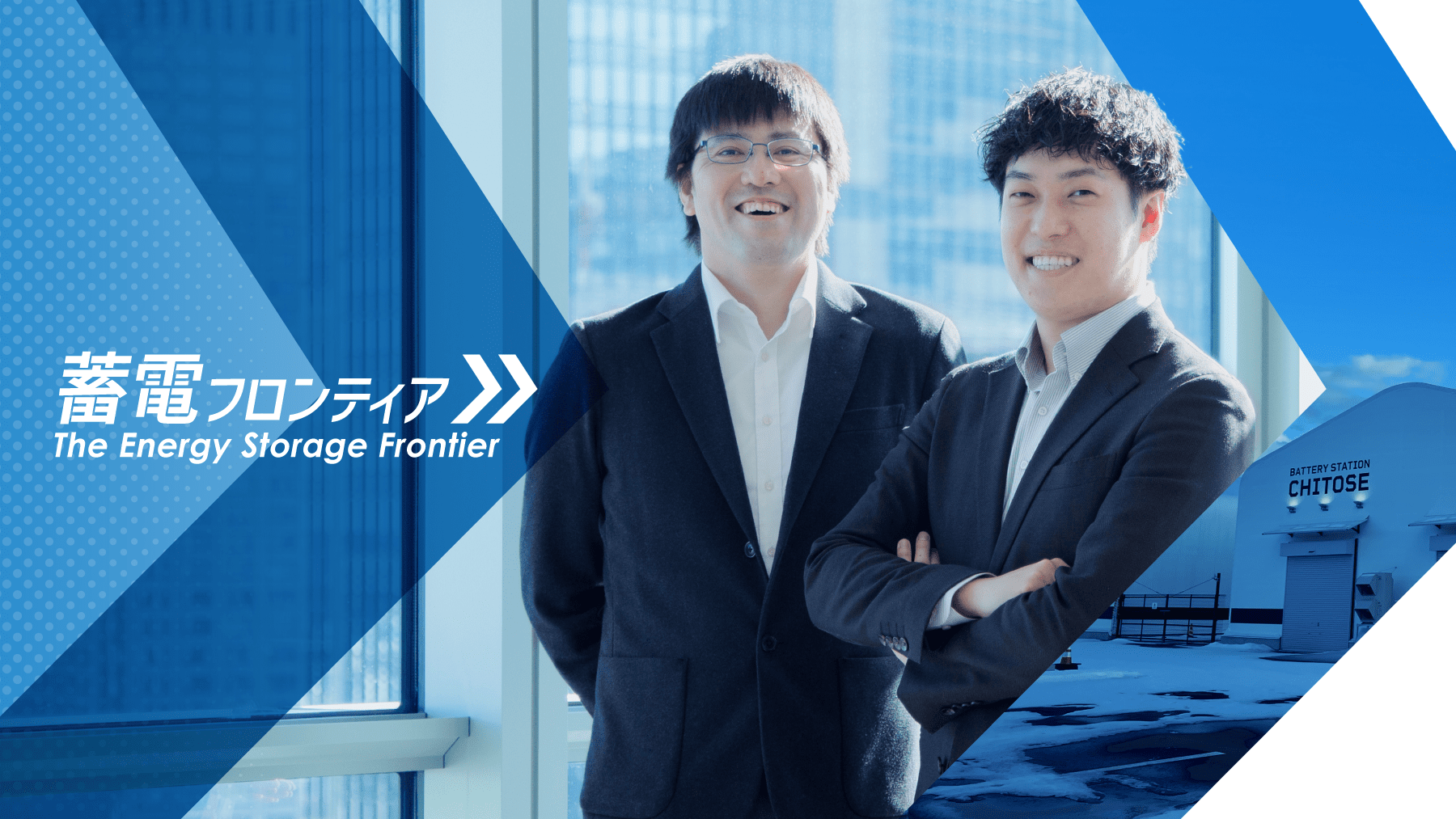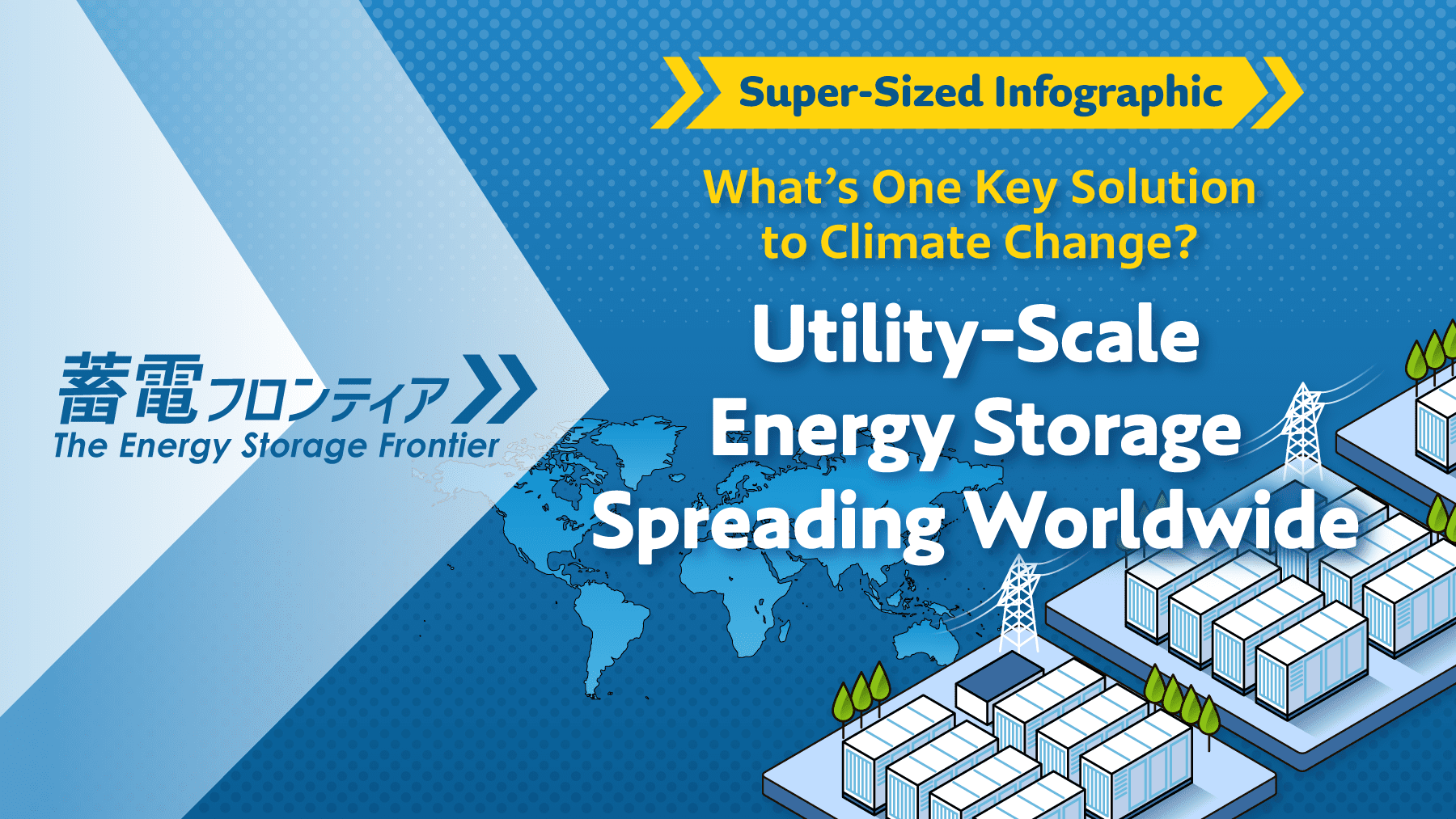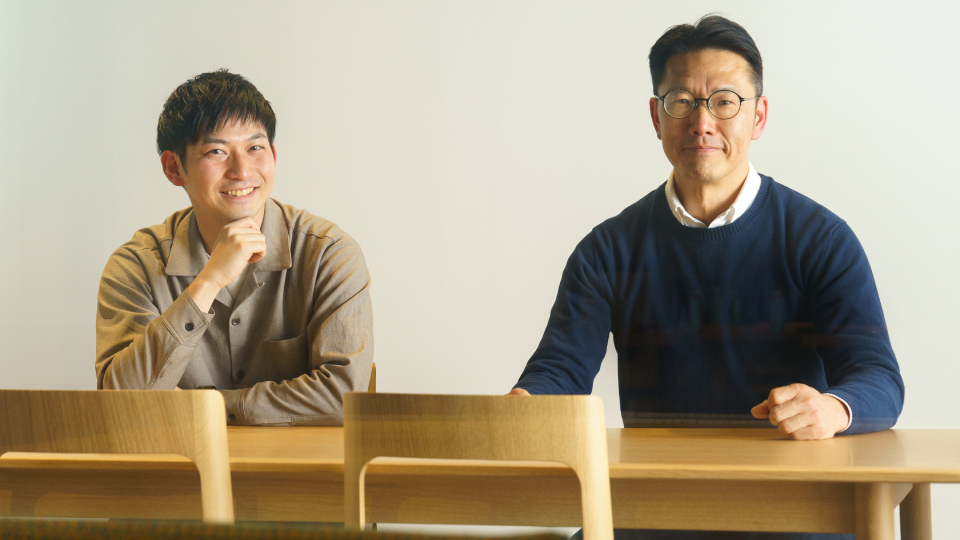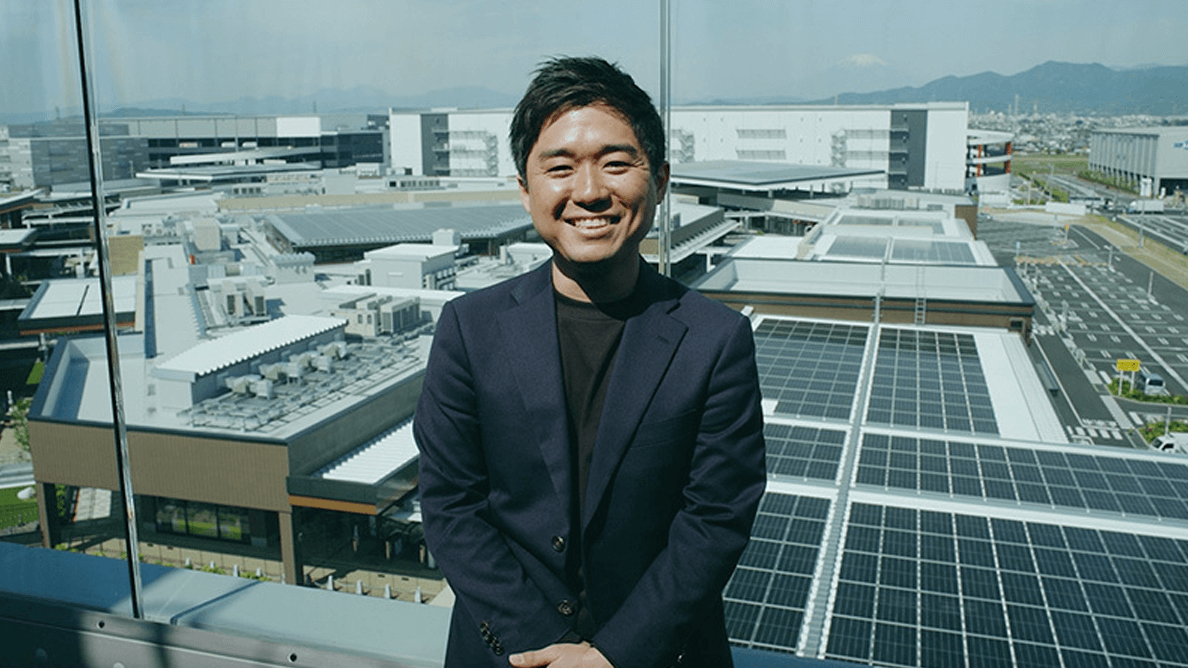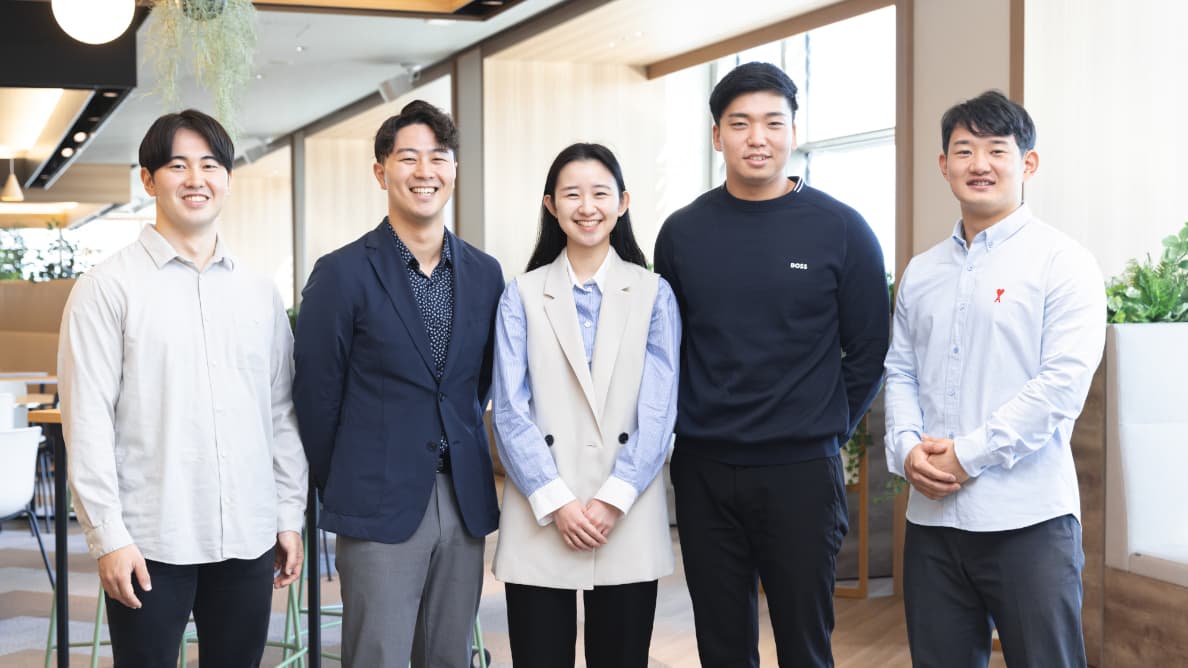
- TOP
- Enriching+TOP
- Renewable Energy as the Cornerstone of Fukushima's Recovery: What the Abukuma Wind Power Project Brings to the Local Community
2025.7.17
+ (Plus)
Renewable Energy as the Cornerstone of Fukushima's Recovery: What the Abukuma Wind Power Project Brings to the Local Community

Fukushima Fukko Furyoku, LLC – a joint venture funded by nine companies and led by Sumitomo Corporation – has developed the Abukuma Wind Farm. The wind farm, which comprises four power plants (No. 1–4), in the Abukuma area, commenced commercial operations in April 2025.
In this second installment of a two-part series, we hear from Takayuki Hirano of Sumitomo Corporation, Takashi Yoshida, President of Fukushima Electric Power, and Kazuhiko Ono, President of Fukushima Power Transmission – key players who drove this project forward – about the significance of the wind power project for the recovery of the community and their outlook for the future.
-
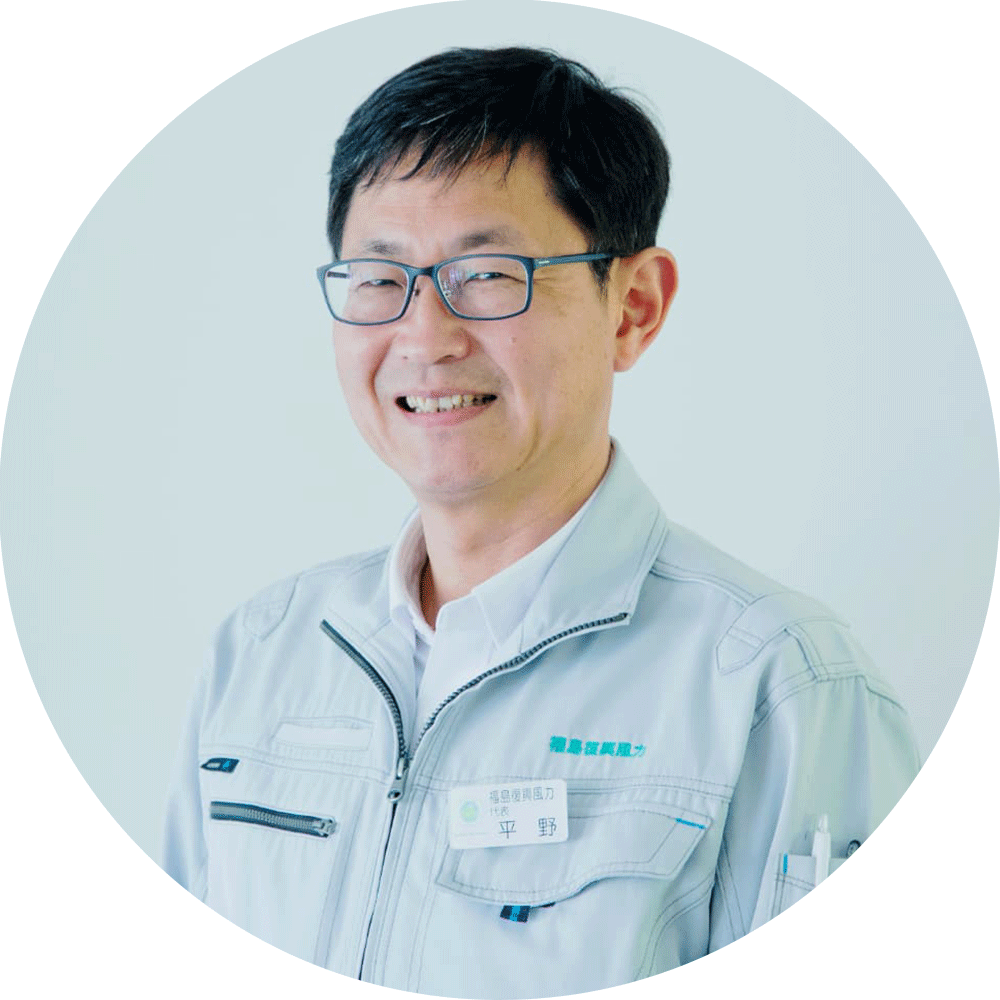
Renewable Energy Business Unit, Sumitomo Corporation (currently on assignment to Fukushima Fukko Furyoku, LCC)
Takayuki Hirano
Hirano joined Sumitomo Corporation in 1994 and was assigned first to the trading department responsible for domestic sales of imported machinery and equipment. After a posting in Germany, he transitioned in 2012 to developing renewable energy projects in Japan. He developed the Minamisoma solar power project in Fukushima and has been involved in developing the Abukuma Wind Power Project since 2016. He has been onsite to oversee its construction since 2022.
-
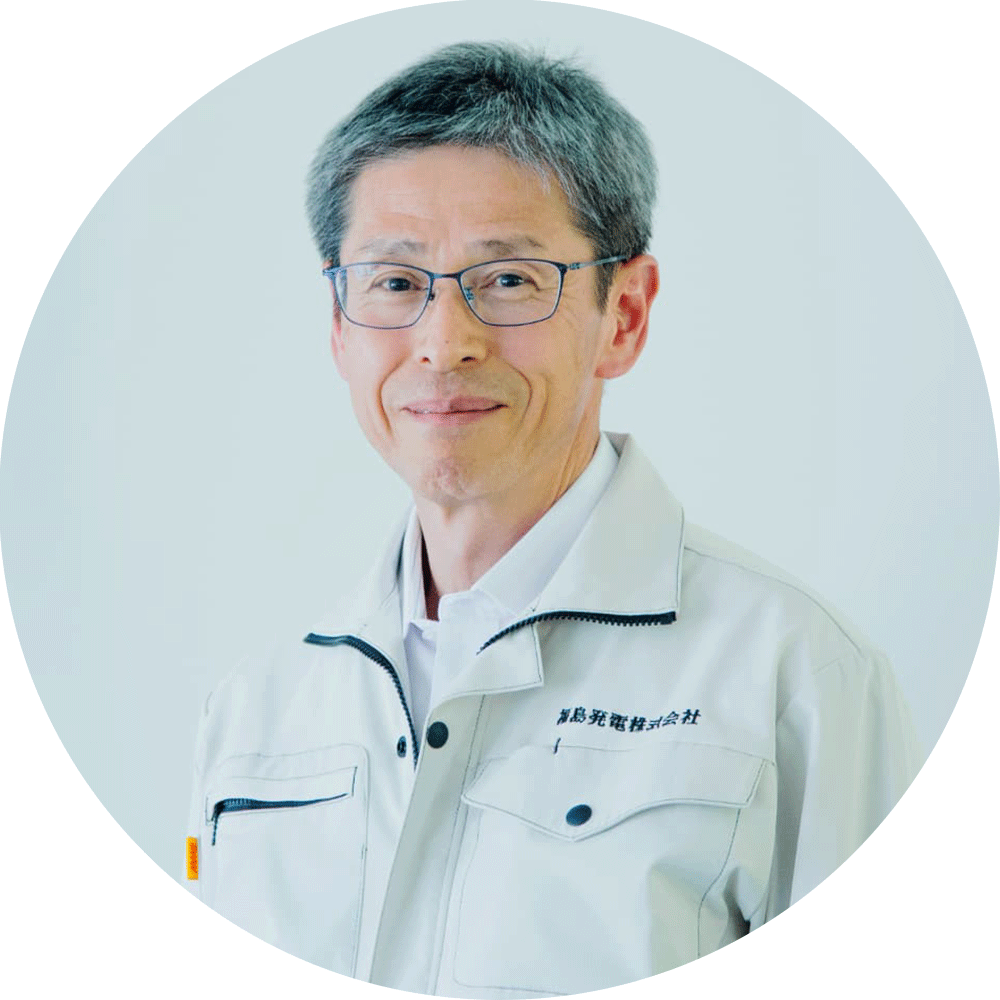
President,
Fukushima Electric Power
(at the time of this interview)Takashi Yoshida
Yoshida entered Fukushima prefectural government service in 1982. After the earthquake, while serving in the Department of Commerce and Industry and later as Director of the Enterprise Bureau, he dealt mainly with industrial recovery in the affected areas, expansion of renewable energy and the creation of related industries. He became president of Fukushima Electric Power in 2020 and also represented the Fukushima Renewable Energy Institute (until the end of May 2025).
-
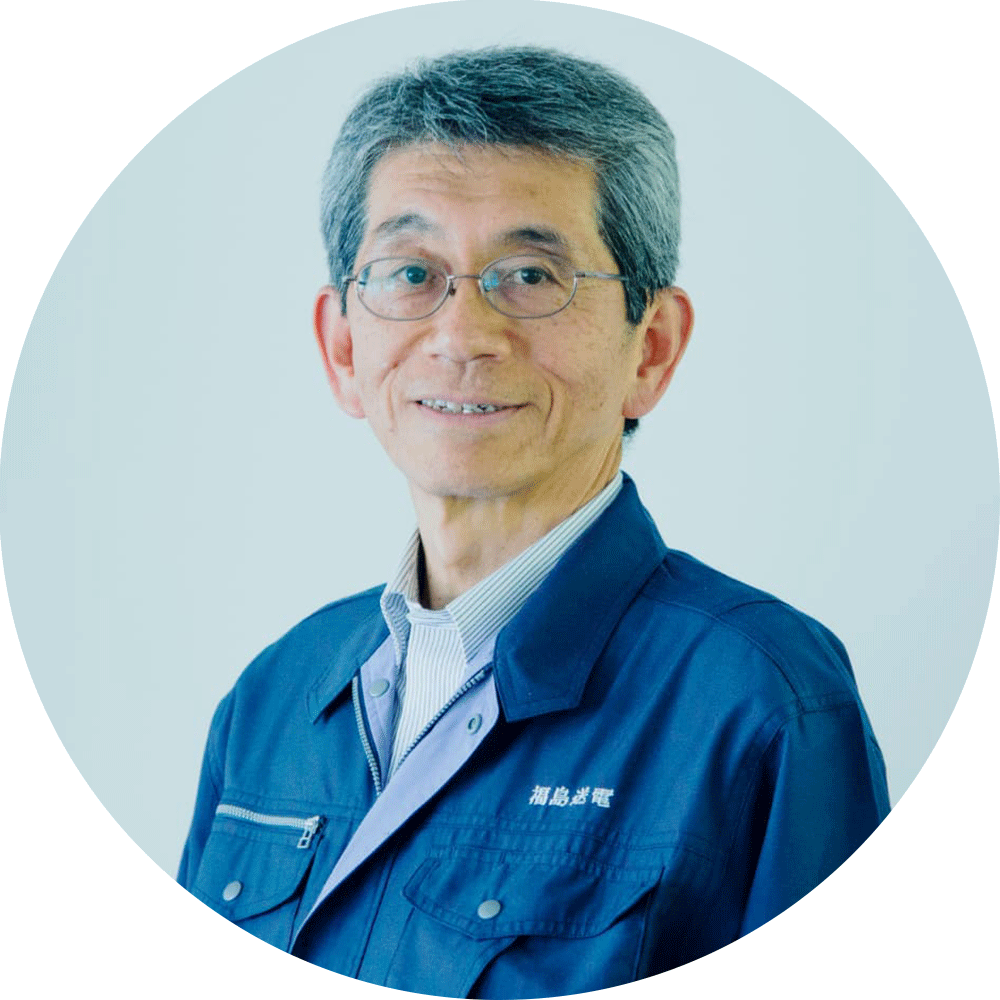
President,
Fukushima Power TransmissionKazuhiko Ono
Ono entered Fukushima prefectural government service in 1982. At the time of the earthquake, he served in the Disaster Response Headquarters, where he was involved in crisis management at the Fukushima Daiichi Nuclear Power Plant, as well as disaster recovery and citizen evacuations. Later, he served as Director of the Department of Agriculture, Forestry and Fisheries and Director of Crisis Management. During his time in the Department of Agriculture, Forestry and Fisheries he was involved in initiatives to combat harmful rumors and develop specialized rice varieties for sake brewing in Fukushima. He has been President of Fukushima Power Transmission since June 2023.

- Sustainable Recovery Built Alongside Local Communities in Fukushima
- What Becoming a Pioneer for Renewable Energy Means for Fukushima
- Jobs, Economic Impact and Beyond: What the Abukuma Wind Farm Provides
- Recovery is Still Ongoing: We Want People to See Fukushima as it is Today
- Local Production and Consumption of Renewable Energy for a Sustainable Community
Sustainable Recovery Built Alongside Local Communities in Fukushima
Following the Great East Japan Earthquake, Sumitomo Corporation implemented several initiatives to aid recovery in the affected areas. Social contribution activities included support for a fishery processing cooperative in Kesennuma, Miyagi, which suffered tremendous damage, and the East Japan Regeneration Youth Challenge Program and East Japan Regeneration Follow-up Program to support young people and organizations struggling to revitalize the region. Further, under Fukushima's policy to become a "pioneer in renewable energy," the company has contributed to the region through renewable energy businesses.
In 2018, Sumitomo Corporation constructed the largest solar power plant in Fukushima in the Tsunami affected area of Minamisoma, with a rated output of 92 megawatts, enough to power about 30,000 homes. Further, in 2022, Sumitomo Corporation completed the EV Battery Station Namie in the town of Namie, developing technology to reuse electric vehicle batteries for large-scale power storage in collaboration with the town, helping to promote renewable energy utilization at the community level.
As of April 2025, after nearly 10 years of development, the Abukuma Wind Farm is finally in operation.
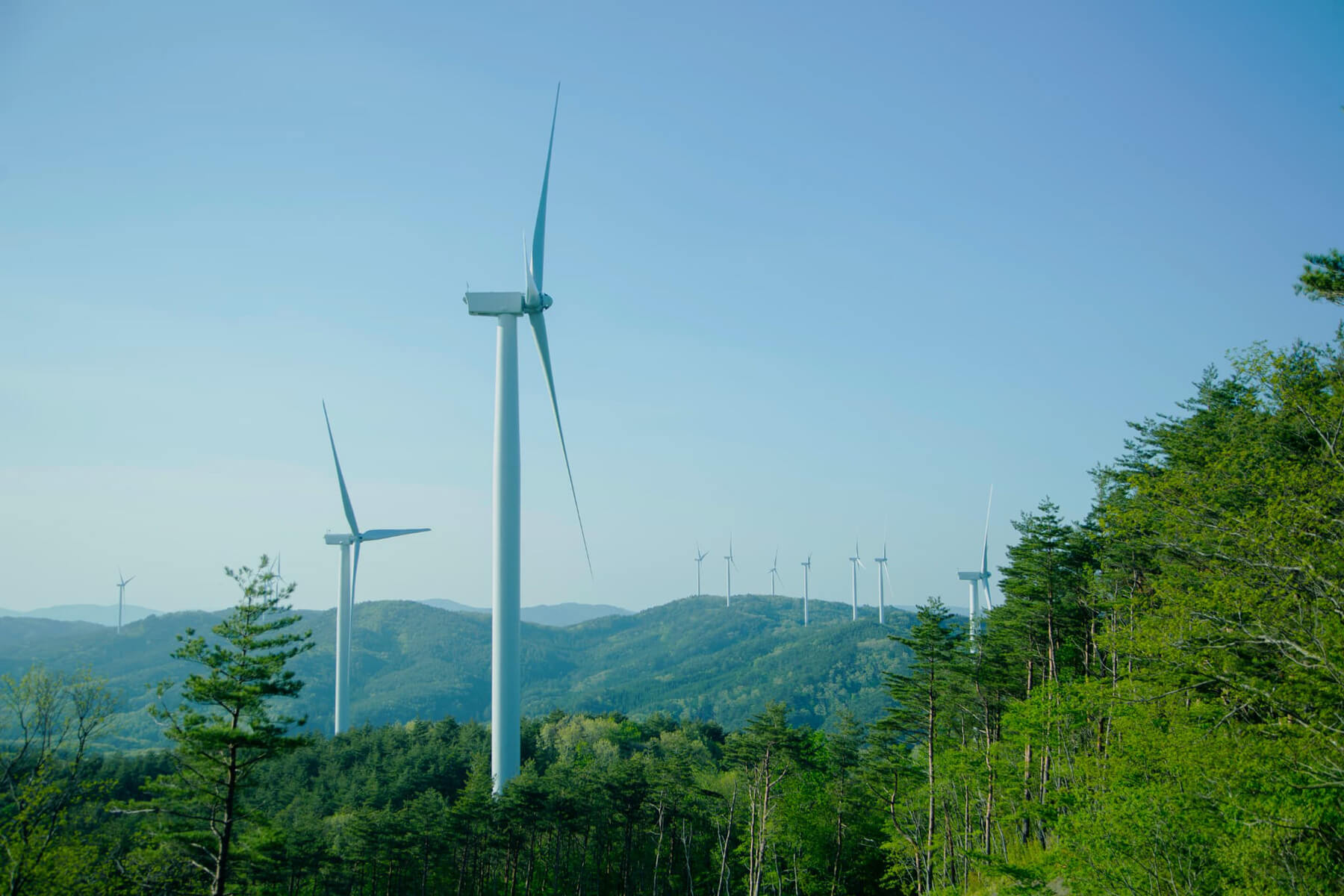
What Becoming a Pioneer for Renewable Energy Means for Fukushima
First, please tell us about Fukushima Prefecture's goal to position itself as a "pioneer for renewable energy."
YoshidaIn 2012, Fukushima instituted a policy aimed at meeting 100% of the prefecture's energy needs through renewable energy by 2040. To aid recovery from the earthquake, this policy focuses on "region-led expansion of renewable energy" and "accumulating related industries."
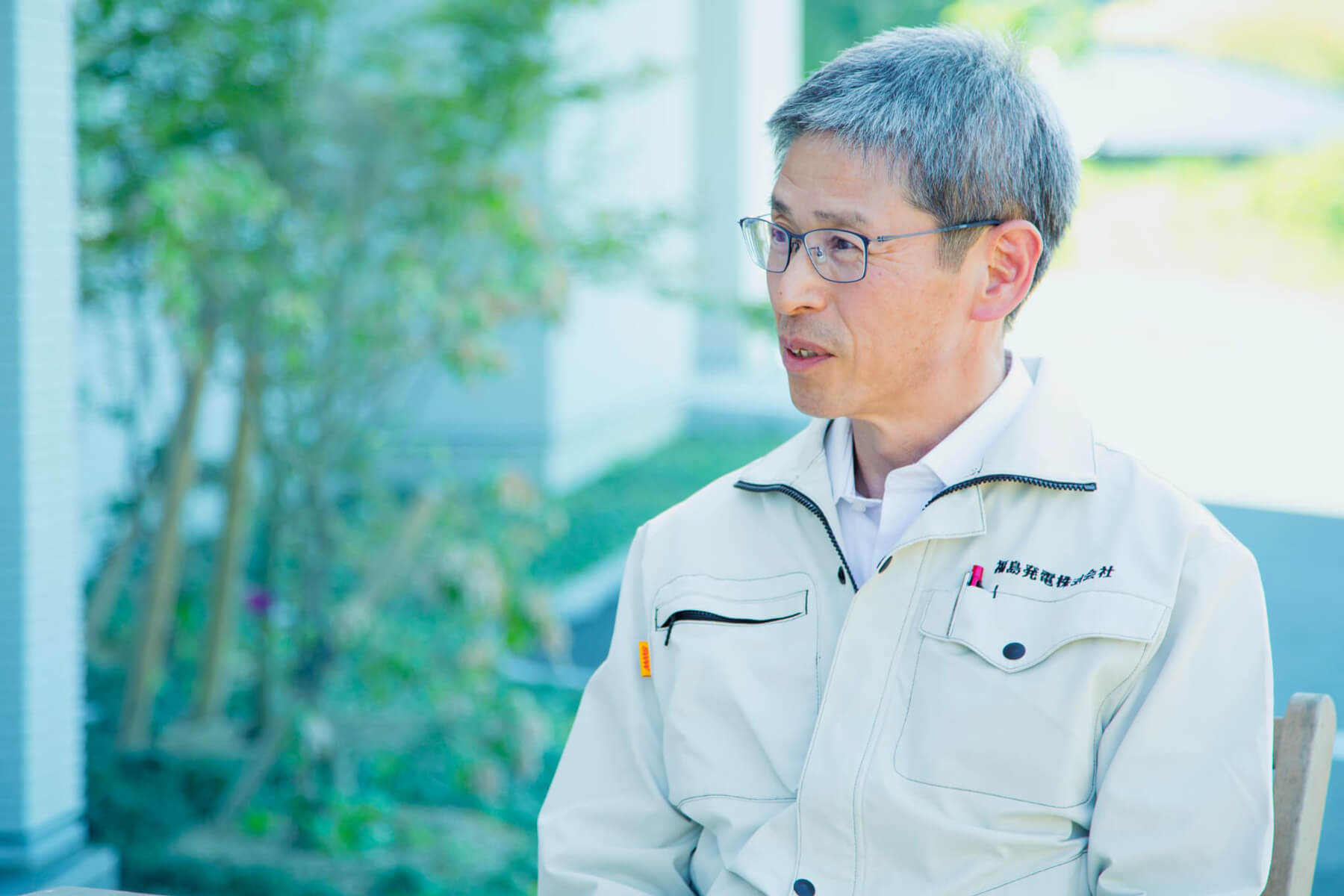
What roles do Fukushima Electric Power and Fukushima Power Transmission play under this policy?
YoshidaFukushima Electric Power was established in 2013 as a third sector organization. We are implementing a variety of community-led initiatives to lead the way in introducing renewable energy, including the installation and operation of solar power plants mainly in affected areas of the prefecture.
OnoFukushima Power Transmission (an LLC at the time) was established in 2016 as a division of Fukushima Electric Power and made independent in 2019 to streamline the installation of power lines. Normally, individual power plants constructed their own lines to connect to the grid – a process that was costly and time-intensive. To address this, we designed a shared transmission network to connect multiple power stations efficiently.
Jobs, Economic Impact and Beyond: What the Abukuma Wind Farm Provides
What impact has the Abukuma Wind Farm, which began operation thanks to the efforts of several companies, had on the local community?
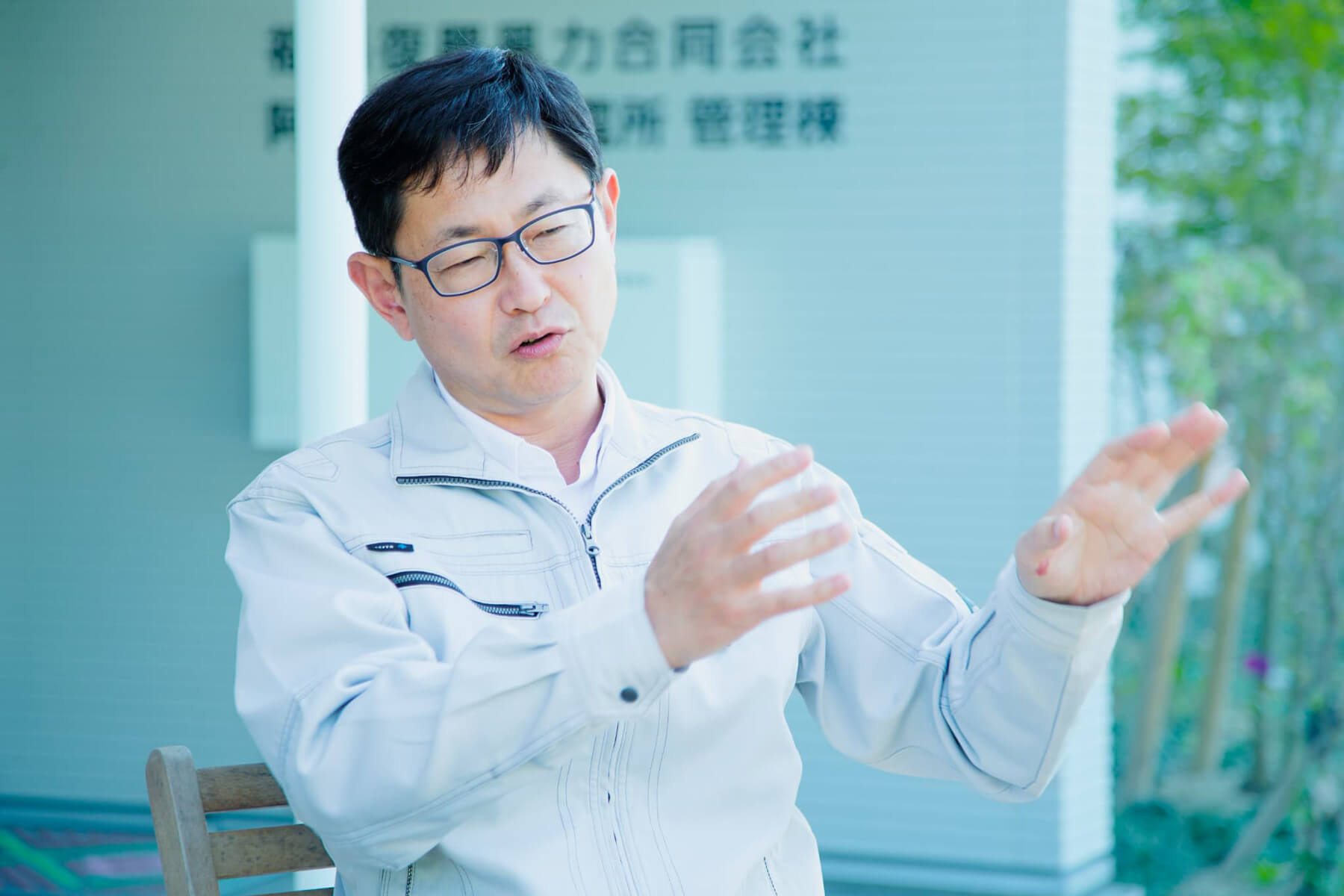
YoshidaThe Abukuma Wind Farm and the industries that support it are creating employment and economic opportunities for the community.
HiranoIn terms of employment, Fukushima Fukko Furyoku LLC – the company that operates the wind farm, of which I am president – employs five of its six employees from the local community. The operation, maintenance and upkeep of the wind farm facilities has been outsourced to wind turbine manufacturer with approx. 20 technicians on site, who plans to employ locally and train them.Periodic inspections of the facilities and maintenance work on the 20-kilometer-long road – alongside related disaster prevention facilities built in the national forest in conjunction with power farm construction – are subcontracted to local companies. As a result, the market for operations and maintenance related to wind power is expected to grow to 7 billion yen across Fukushima, including the Abukuma area.
YoshidaNew industries are beginning to emerge, such as local companies manufacturing components for wind power, and a group of businesses has teamed up to form the FOM Association, which collectively serves the industry.

The selling of power from the wind farm is also designed to aid recovery, correct?
HiranoYes, the power generated at the wind farm is being sold through corporate Power Purchase Agreements (PPA*1). Originally, we were going to use the FIT (Feed-in Tariff*2) scheme, but we decided to switch to the FIP (Feed-in Premium*3) system to have more flexibility in selling power directly to the market. This allows us to provide some of the power we generate to consumers in the area, an approach we are extremely proud of.
*1 PPA = Power Purchase Agreement: A long-term agreement for purchasing renewable energy from power producers.
*2 Feed-in Tariff (FIT) system. A system in which electricity generated from renewable energy is purchased by general transmission and distribution companies at a fixed price for a fixed period.
*3 Feed-in-Premium (FIP) System. A system that provides a premium subsidy for electricity sold by renewable energy generators to encourage investment and promote the expansion of renewable energy. Electricity is sold on the wholesale power market or directly to individual consumers.

OnoThe electricity generated is delivered to Tokyo Electric Power Company (TEPCO) service area via shared transmission lines developed by Fukushima Power Transmission. These lines span a total of 86.02 kilometers, with approximately 90% underground. Typically, power lines use large transmission towers, which require negotiations with landowners and multiple regulatory approvals – processes that take time. In this case, by working closely with local municipalities, we opted for underground installation, which allowed for a quicker process with less environmental impact. This approach represents a groundbreaking initiative for regional transmission infrastructure, and it wouldn't be an exaggeration to call this an "energy revolution for the Heisei and Reiwa eras."
Currently, we are also supporting a similar project to develop extra-high voltage transmission lines in the Eastern Industrial Park of Tamura City, applying knowledge gained from previous efforts. We hope to expand similar initiatives in other regions as part of Fukushima Prefecture’s broader recovery.
Recovery is Still Ongoing: We Want People to See Fukushima as it is Today
From a local perspective, what are your thoughts on this project's significance?
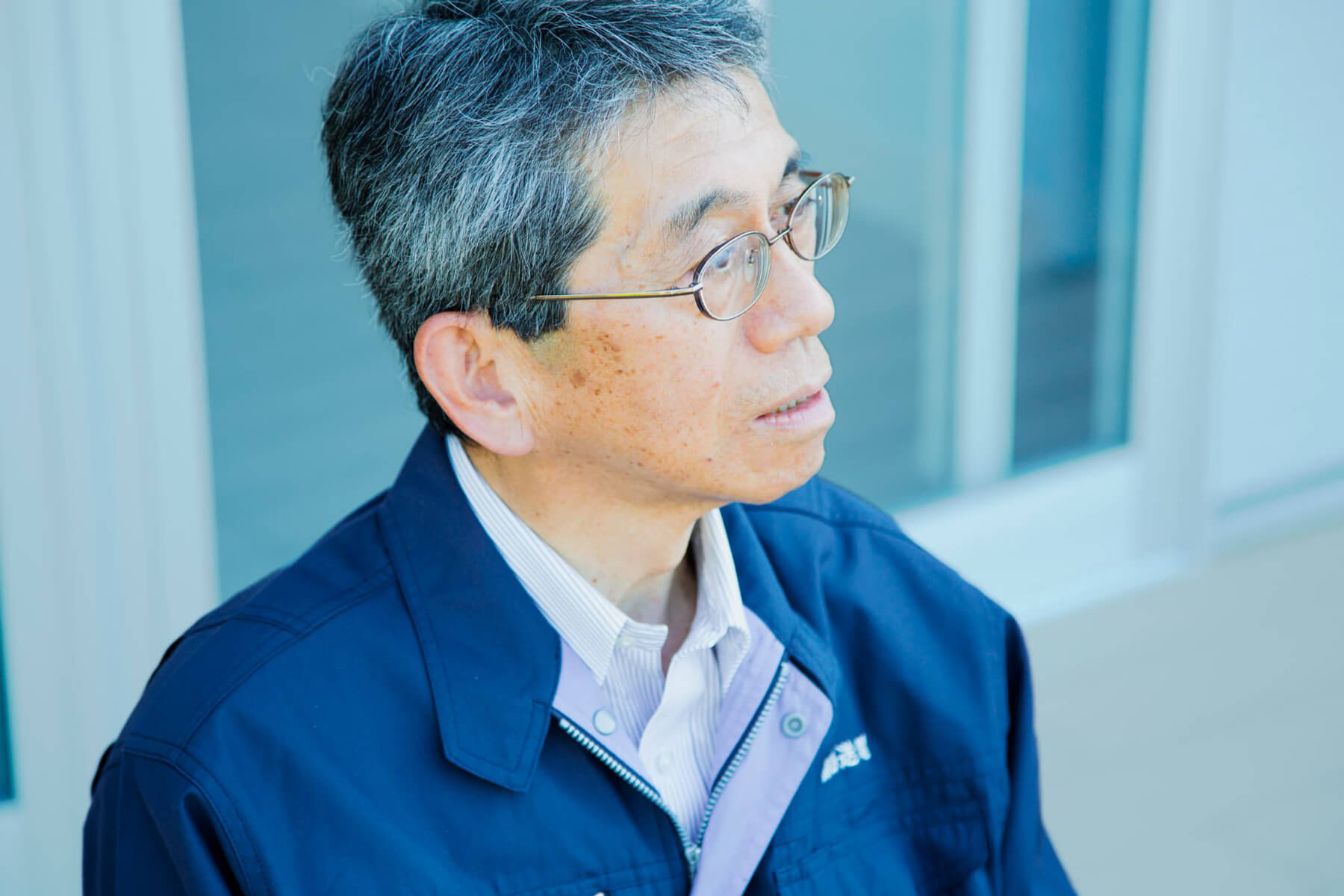
OnoI worked for the Fukushima prefectural government for many years, and after the disaster, I was assigned to the Agriculture, Forestry and Fisheries Department. There’s one scene that has stayed with me. Around 2015, I saw a family of wild boars strolling leisurely along National Route 114. Before the disaster, that road was always busy with cars. But after the nuclear accident, when evacuation orders were issued and people could no longer enter the area, the forests and rice fields quickly became overgrown – and there were wild boars roaming freely. I still vividly remember the shock of thinking, "Has this really become our reality?"
Until then, we had thought of recovery as a process of restoring those areas to what they once were – making forests usable again for forestry, returning rice fields to viable farmland. But through this project, I came to realize that there are other forms of recovery as well. We completed the wind farm in an area once designated as a difficult-to-return zone due to the nuclear accident – where there was no trace of human habitation. Now, people are gathering here again, and the site is full of energy and activity centered around the wind farm. As someone who has been involved in recovery administration, that gives me an overwhelming sense of fulfillment.
YoshidaAs a former prefectural official, I sometimes doubted whether the goals we were pursuing to promote regional reconstruction centered on renewable energy were realistic. But now the largest onshore wind farm in Japan is up and running. Seeing the dream we imagined become reality is deeply moving.
HiranoFor people in Tokyo, it may seem like recovery is complete, but that's far from true. Some people here were forced to evacuate their homes for at least three years; in some areas, people still cannot return. We need to ask ourselves what else we can do. Showing people outside Fukushima that recovery is still ongoing is part of our mission. We want people from across Japan and beyond to witness it firsthand.
OnoWith the wind farm now operational, there's a risk that local businesses, like restaurants, may lose income once the flow of workers stops. So, we appreciate initiatives from companies like Sumitomo Corporation to create observation decks, clear nearby trails and even allow their administrative facilities to be used as evacuation centers. With their support, we'd like to continue considering how we can increase visitor numbers and breathe new life into the area.

Local Production and Consumption of Renewable Energy for a Sustainable Community

Now that operations have started, what are the future prospects for this project?
YoshidaNaturally, this project will continue contributing to recovery support. But we have also established a framework where electricity generated locally can be used directly in the area through corporate PPAs. Fukushima Prefecture aims to become carbon neutral by 2050. We believe that renewable energy can truly contribute to carbon neutrality – not just by generating the electricity, but by consuming it locally, too. Establishing this framework should become a major force in advancing the decarbonization of Fukushima. We will continue to collaborate toward creating a self-reliant community through local production and consumption of renewable energy.
OnoThe Abukuma area was once a thriving center of firewood and charcoal production, utilizing its abundant broadleaf forests. However, from the 1960s, during the energy transition, it became nationally renowned as a key production area for shiitake mushroom logs. Furthermore, the area made use of its low-lying land to raise calves. It was a quintessential sustainable community and a representation of Japan's original landscapes. We believe that launching a wind power project rooted in local production and consumption will help revive a compact, independent sustainable society in an "energy revolution for the Heisei and Reiwa eras."
HiranoAt Sumitomo Corporation, we aim to leverage the experience gained developing a wind power generation project of this scale, both domestically and abroad. We will continue to pursue opportunities to contribute to Fukushima's future and to develop energy projects that accelerate carbon neutrality efforts in harmony with the local community.
